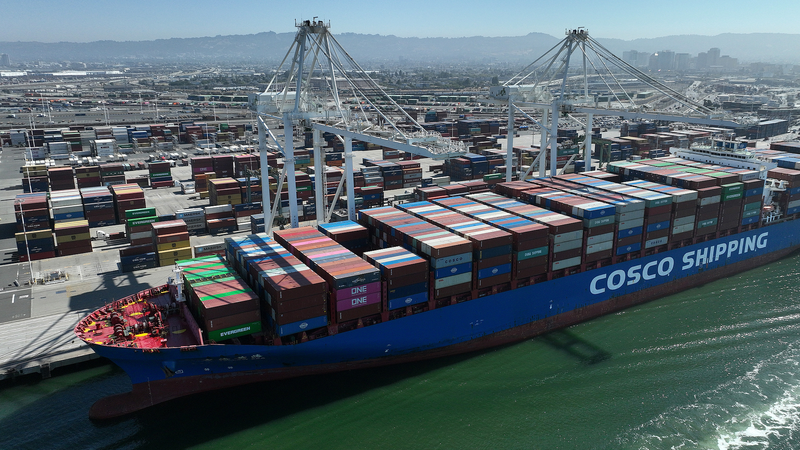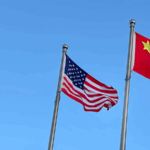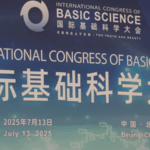China and the U.S. have reached basic consensuses to address trade concerns after high-stakes talks in Malaysia, signaling a potential thaw in tensions. Here’s what you need to know about the latest developments and why they matter for global markets. 💼✨
What’s New This Time?
According to Sun Taiyi, a U.S.-based political science professor, the Malaysia round of talks achieved two critical goals: halting a recent cycle of tit-for-tat tariffs and creating a foundation for future negotiations. 🔄 'Cooperation is not a feel-good slogan, but a necessity,' Sun told CGTN, highlighting how both sides avoided a 'downward spiral' that could’ve rocked global markets.
Why the APEC Timing Matters 🕒
The talks came just before the APEC Leaders’ Meeting, where both nations’ leaders will engage. Sun called the timing a 'deliberate alignment' to reduce uncertainty. This 'strategic guidance' model—where top-level commitments steer lower-level talks—is becoming key to managing bilateral friction.
What’s Next? 🔮
While both sides held firm on their interests, Sun noted the 'basic consensuses' reflect mutual recognition of the costs of failure. Future talks may focus on auditing past commitments to prevent misunderstandings. As Sun put it: 'Strength and consensus are not mutually exclusive.'
With APEC around the corner, all eyes are on whether this progress can translate into lasting stability for the world’s most consequential trade relationship. 🌐📈
Reference(s):
cgtn.com








